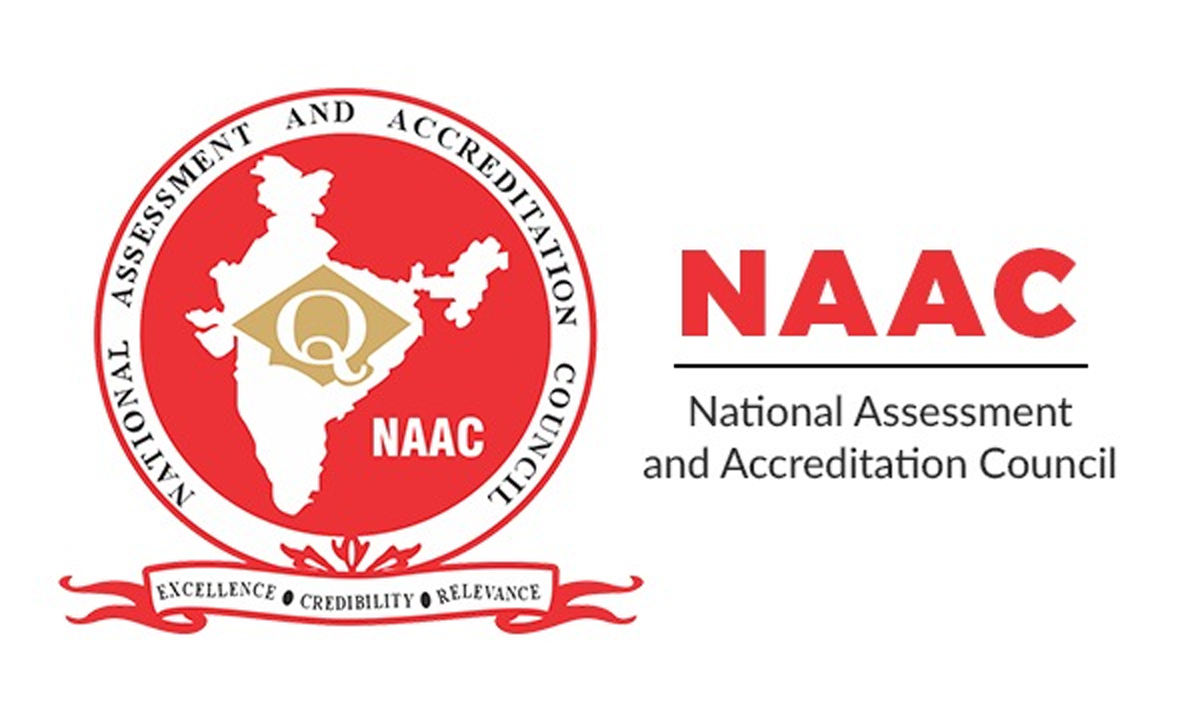Education is one tool that can transform a whole society in the shortest possible time. India had been at the centre of education, with Takshila University leading the way. But with time, India lost its sheen. A country with thousands of years of civilization and Vedas and Puranas does not have a single educational institution in the top hundred. Things get more complex with the mushrooming of educational institutions with little focus on infrastructure, research, curriculum, and so many other factors, and the net result is further degradation of education standards. From time to time, GoI comes up with some checks and balances; the process takes some time to be implemented, but still, education standards are not up to the mark. Keeping this in mind, GoI charted out a separate organisation for UGC to monitor different aspects of educational institutions and rank them accordingly. Thus came into existence the National Assessment and Accreditation Council (NAAC), an autonomous organisation established by the UGC in India to access and accredit institutions of higher education. Its accreditation process evaluates various aspects of an institution, such as its curriculum, teaching and learning, research and innovation, governance, and infrastructure. The mandate of NAAC is clear: it makes quality assurance an integral part of the functioning of higher education institutions. But unfortunately, universities and colleges seem uninterested in accreditation; otherwise, there is no reason why only 418 universities out of 1113 universities and only 9062 colleges out of 43796 colleges opted for NAAC accreditation as per the information shared in the Parliament. This itself depicts the sad state of our education right now. This is despite the best efforts of the GoI, which is trying its best to transform the Indian education sector with numerous measures to somehow streamline the system. NEP 2020 is one of them, with the goal of making courseware more user-friendly for students’ holistic growth in education and as human beings. A whopping 353 universities and thousands of new colleges have come up in the last nine years. Despite the best efforts of the Government, if almost 62 per cent of universities and almost 80 per cent of colleges are without NAAC accreditation, then it is a serious matter by any standards. On one hand, the Government is planning accreditation of schools to also have uniform standards of education under NEP 2020, and on the other hand, so many higher education institutions are not interested in accreditation.
The Government plans to make all higher education institutions accredited in the next fifteen years, but the process seems not to be picking up as quickly as new colleges will come up. The lack of uniformity in colleges makes some colleges perform excellently, producing marketable, employable pass-outs, while other, more moderate ones have pass-outs with no future. Students must get a true picture of the college, a proper choice of facilities and curriculum related ready to access data to decide which college to choose. But with the present accreditation rate, students don’t have much choice except to leave it to their fate. GoI’s intentions are clear, but they still have to enjoin universities and colleges to go for NAAC accreditation.
Trending Now
E-Paper


